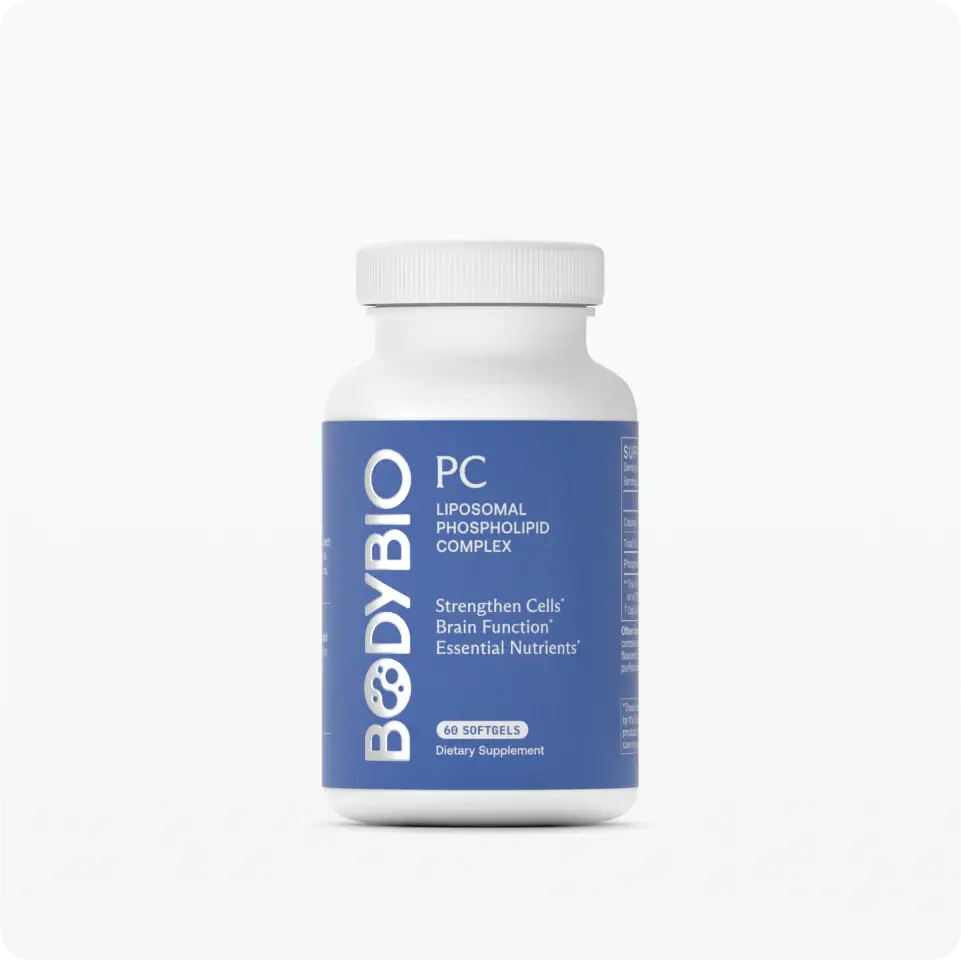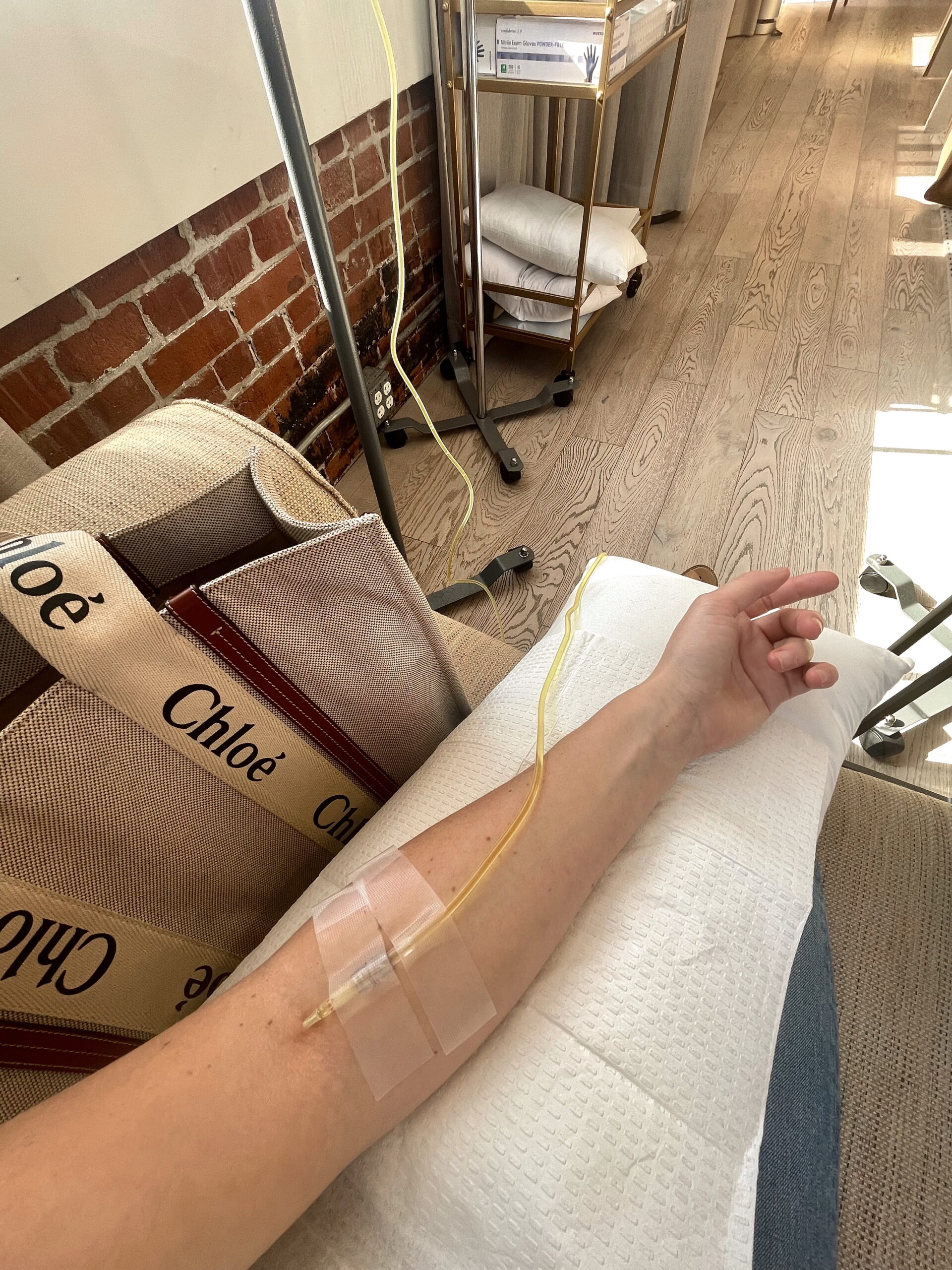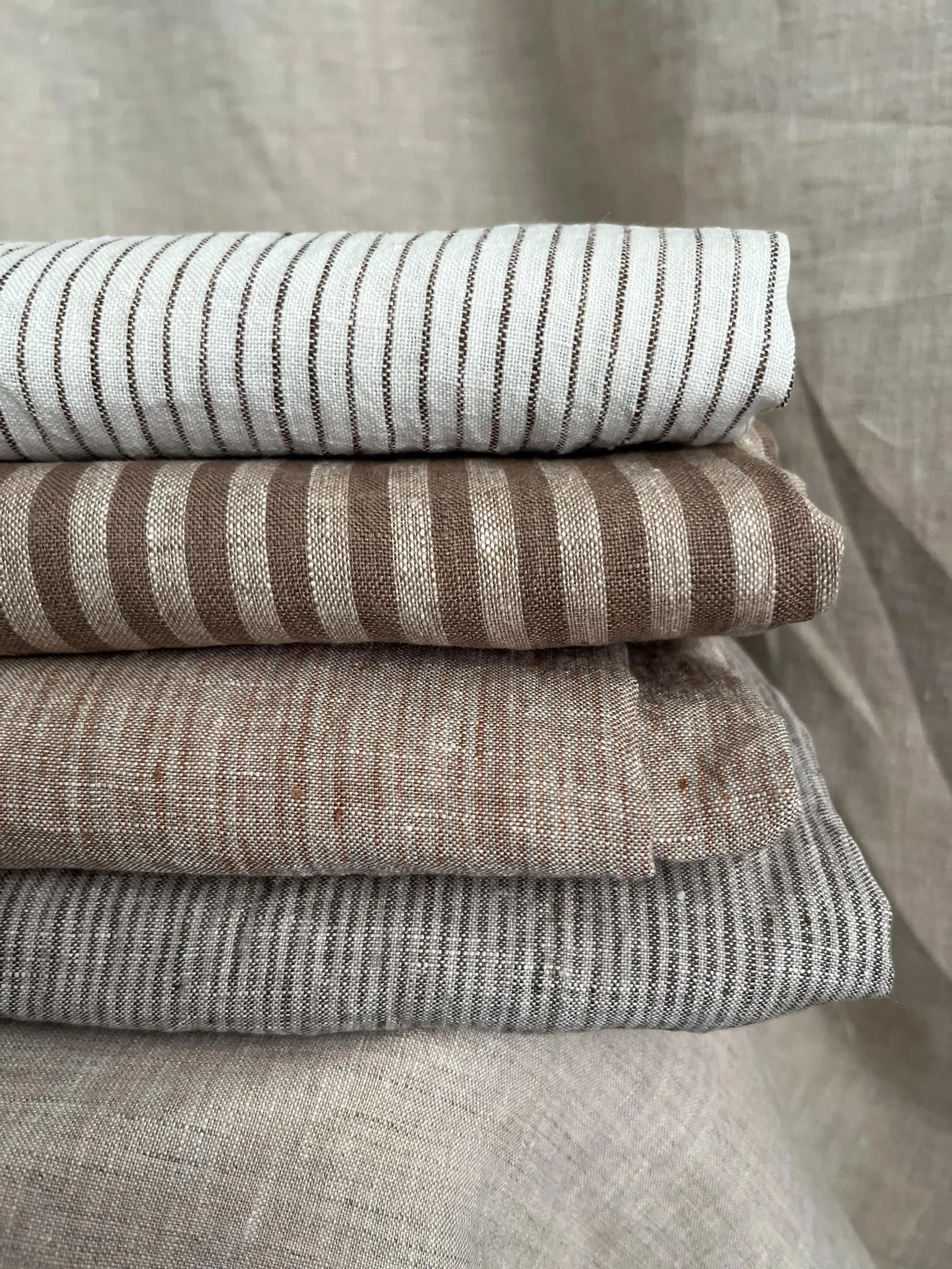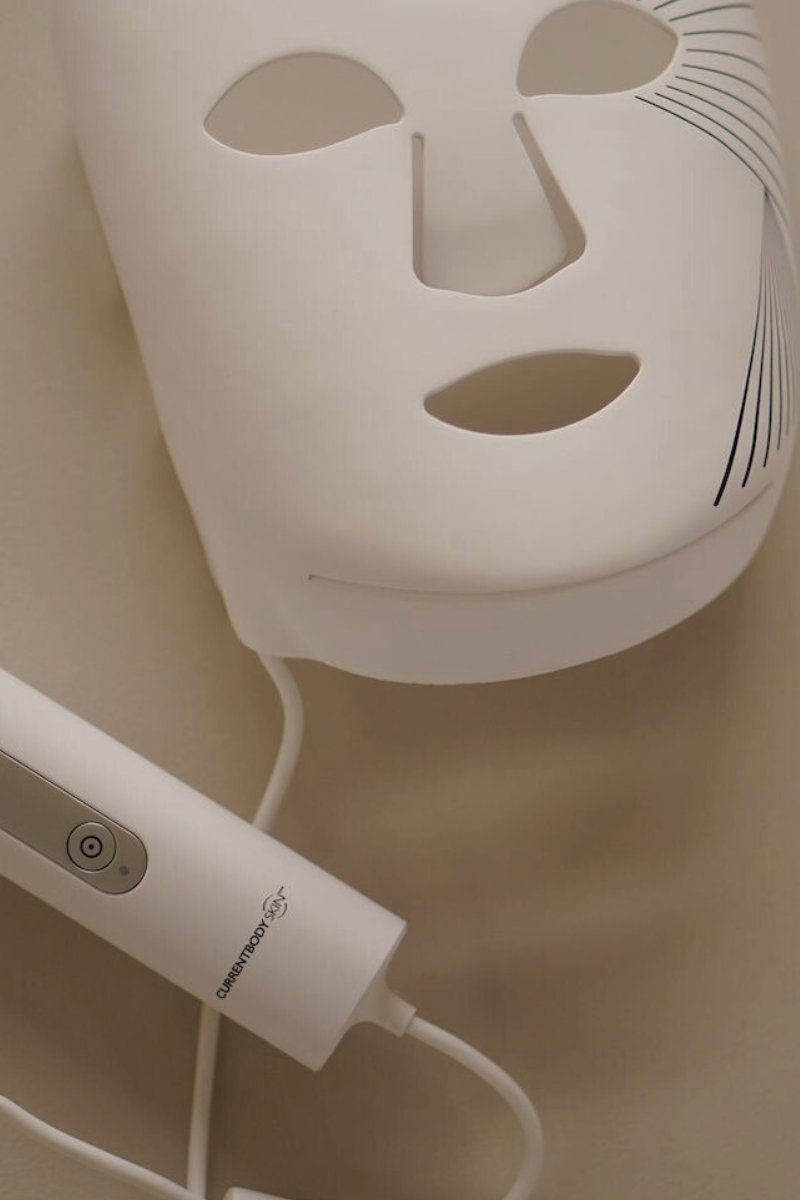You’re being exposed to plastic every time you eat, drink, and breathe—and it’s not just building up in your body. Microplastics are proven to disrupt hormones, damage cells, and even impact future fertility. And this isn’t fearmongering—it’s fact. In this article, we’re breaking down how microplastics are infiltrating your system, what they’re doing to your health, and, most importantly, how to detox microplastics safely and effectively—before they do more damage.
What Are Microplastics and Where Do They Come From?
Microplastics are tiny plastic fragments that originate from the breakdown of larger plastic waste. These particles can be so small that they are often invisible to the naked eye. Their sources are everywhere—from the synthetic fibers in our clothing to the degradation of plastic packaging and industrial waste. In essence, microplastics are a byproduct of our modern lifestyle and the rampant use of disposable plastics.
Everyday Microplastic Exposure
Every day, we are exposed to microplastics through:
- Water: Studies estimate that billions of microplastic particles are present in both bottled and tap water, making it nearly impossible to avoid ingesting them[^1][^2].
- Food: items you’ll find in your pantry, like certain sea salts, canned foods, and even some dairy products can harbor these tiny pollutants[^3].
- Air: Microplastics have even been found in the air we breathe, meaning inhalation is another major route of exposure.
- Clothing and Self-Care Products: Microplastics are extremely prevalent in clothing—especially in synthetic fibers used in activewear—and self-care products. Wearing plastic-fiber workout clothing can increase your chances of absorbing microplastics and associated PFAS, particularly when you’re sweating or exposed to heat (such as in a sauna).
Completely avoiding microplastics entirely is a near-impossible feat. But lucky for us, there’s ways to support the body’s natural detoxification processes and detox microplastics from our bodies.
Health Impacts of Microplastics
While microplastics are still an emerging field of study, research has already linked them to several concerning health issues. Although the overall health impacts are broad, recent studies have put reproductive health under the microscope, highlighting potential risks to both parents and their offspring.
Reproductive Health and Transmission to the Next Generation
In Utero Exposure
One of the most alarming discoveries is the presence of microplastics in human placentas[^4]. Known as the “Plasticenta” phenomenon, these particles have been detected in the placenta, suggesting that fetuses may be exposed to microplastics even before birth. Additional studies have found microplastics in meconium (the first stool of newborns), infant feces, and even breastmilk[^5]. This evidence points to the unsettling possibility that we are inadvertently passing these toxic particles from one generation to the next.
Impact on Reproductive Organs
Research conducted on both human and animal tissues has raised concerns about the effect of microplastics on reproductive organs. Studies have identified microplastics in the testis, where they may be associated with changes in sperm count and testicular weight[^6]. These findings are especially troubling for those on a health journey focused on fertility and reproductive wellness.
Overall Health Consequences
Beyond reproductive health, microplastics have been linked to inflammation, endocrine disruption, and potential impacts on brain health. However, given the alarming evidence surrounding reproductive exposure, it’s critical to focus on detox strategies that not only protect your own health but also safeguard the well-being of future generations.
How to Detox Microplastics
Here are some actionable, evidence-based interventions—including dietary changes, supplementation, and lifestyle modifications—that can help minimize microplastic exposure and support your body’s natural detox processes.
Embrace a Whole-Foods, Organic Diet
One of the first steps to detoxing microplastics is to overhaul your diet. Opt for organic, whole foods whenever possible to avoid additional chemical exposures. Processed foods often come in plastic packaging and can harbor microplastics.
- Prioritize Fresh Produce: Fresh fruits and vegetables not only reduce microplastic exposure but also provide antioxidants and anti-inflammatory compounds.
- Minimize Processed Foods: Reducing your intake of canned and packaged foods can lower the risk of ingesting microplastics.
Eat Foods Rich in Detoxifying Compounds
Certain nutrients can bolster your body’s natural detoxification pathways:
- Sulforaphane: Found in cruciferous vegetables like broccoli, Brussels sprouts, and kale, sulforaphane supports the liver’s detoxification enzymes[^8]. Regular consumption of these vegetables can enhance your body’s ability to break down and eliminate toxins.
- Fiber-Rich Foods: Dietary fiber aids in binding and excreting toxins, including microplastics, through the digestive tract.
Supplementation: The Role of Phosphatidylcholine
One supplement gaining attention in the realm of microplastic detox is phosphatidylcholine. This compound, a major component of cell membranes, has been shown to:
- Support Liver Function: By promoting the healthy metabolism and breakdown of toxins.
- Enhance Detox Pathways: Phosphatidylcholine aids in the mobilization and removal of fat-soluble toxins, including microplastics[^9].
Integrating phosphatidylcholine into your supplement regimen could help your body more effectively clear microplastics. As always, talk with your healthcare provider to determine the appropriate dosage and ensure it fits within your overall health plan.
Reduce Further Plastic Exposure
Prevention is often easier than finding a cure. Alongside detoxification, reducing ongoing exposure to microplastics is essential:
- Opt for Eco-Friendly Alternatives: Switch to products that minimize plastic use. For instance, consider using Guppy bags for laundry to catch microfibers released from synthetic fabrics, and try NOBS toothpaste tablets to cut down on plastic packaging waste.
- Filter Your Water: Investing in a high-quality water filter can help reduce the microplastics present in your drinking water. Reverse osmosis fitlers (with re-mineralization) are a fantastic option for removing plastic from your drinking water.
- Use Air Filters: Use air purifiers to lessen the inhalation of airborne microplastics, particularly in urban or industrial environments.
- Wear Natural Fibers: Whenever possible, choose clothing made from natural fibers—especially activewear—to reduce microplastic exposure from synthetic workout gear.
Deliberate Heat Exposure
In addition to dietary and lifestyle changes, deliberate heat exposure—an approach discussed by experts like Andrew Huberman—may support detoxification. Techniques such as sauna therapy or controlled heat exposure can help:
- Increase Circulation: Improved blood flow aids the body’s natural detox processes.
- Enhance Metabolic Clearance: The heat can stimulate sweating, which is one of the ways the body expels toxins.
Extracorporeal Blood Oxygenation and Ozonation (EBOO)
Another promising (yet pricey) therapeutic approach for detoxing microplastics is Extracorporeal Blood Oxygenation and Ozonation (EBOO). This innovative treatment involves drawing blood from one arm, oxygenating and ozonating it outside the body, skimming the blood through a filter to catch unwanted toxins (including microplastics), and then reintroducing it into the circulation via the other arm.
Ozone acts as a powerful oxidizing agent, breaking down complex toxins into simpler molecules that the body can more easily process and eliminate. This may also be particularly beneficial for the residual effects of microplastic additives, like PFAS and phthalates.
Conclusion
Microplastics are an insidious part of our modern environment, infiltrating our bodies through everyday activities and even making their way to our unborn children. For anyone on a health journey—particularly women mindful of reproductive health—the need to detoxify these particles is more pressing than ever.
By embracing a whole-food, organic diet; incorporating detoxifying nutrients like sulforaphane; supplementing with agents like phosphatidylcholine; and making smart lifestyle changes (such as choosing natural fiber clothing and reducing plastic exposure), you can actively reduce your microplastic burden. These steps not only support your overall health but also help safeguard the well-being of future generations.
Remember, even small, consistent changes can lead to significant improvements over time. Stay informed, take proactive steps, and let science guide you on your path to a cleaner, healthier life.
- Estimation of the mass of microplastics ingested – Journal of Hazardous Materials
- Ingested microplastics: Do humans eat one credit card per week? – Journal of Hazardous Materials Letters
- Microplastics in European sea salts – Ecotoxicology and Environmental Safety
- Plasticenta: First evidence of microplastics in human placenta – Environment International
- Detection of various microplastics in placentas, meconium, infant feces, breastmilk and infant formula – Science of The Total Environment
- Microplastic presence in dog and human testis and its potential association with sperm count and weights of testis and epididymis – Toxicological Sciences
- Rapid single-particle chemical imaging of nanoplastics by SRS microscopy – Proceedings of the National Academy of Sciences
- Sulforaphane – Examine
- How to Detox Microplastics with Phosphatidylcholine – BodyBio







Comments +